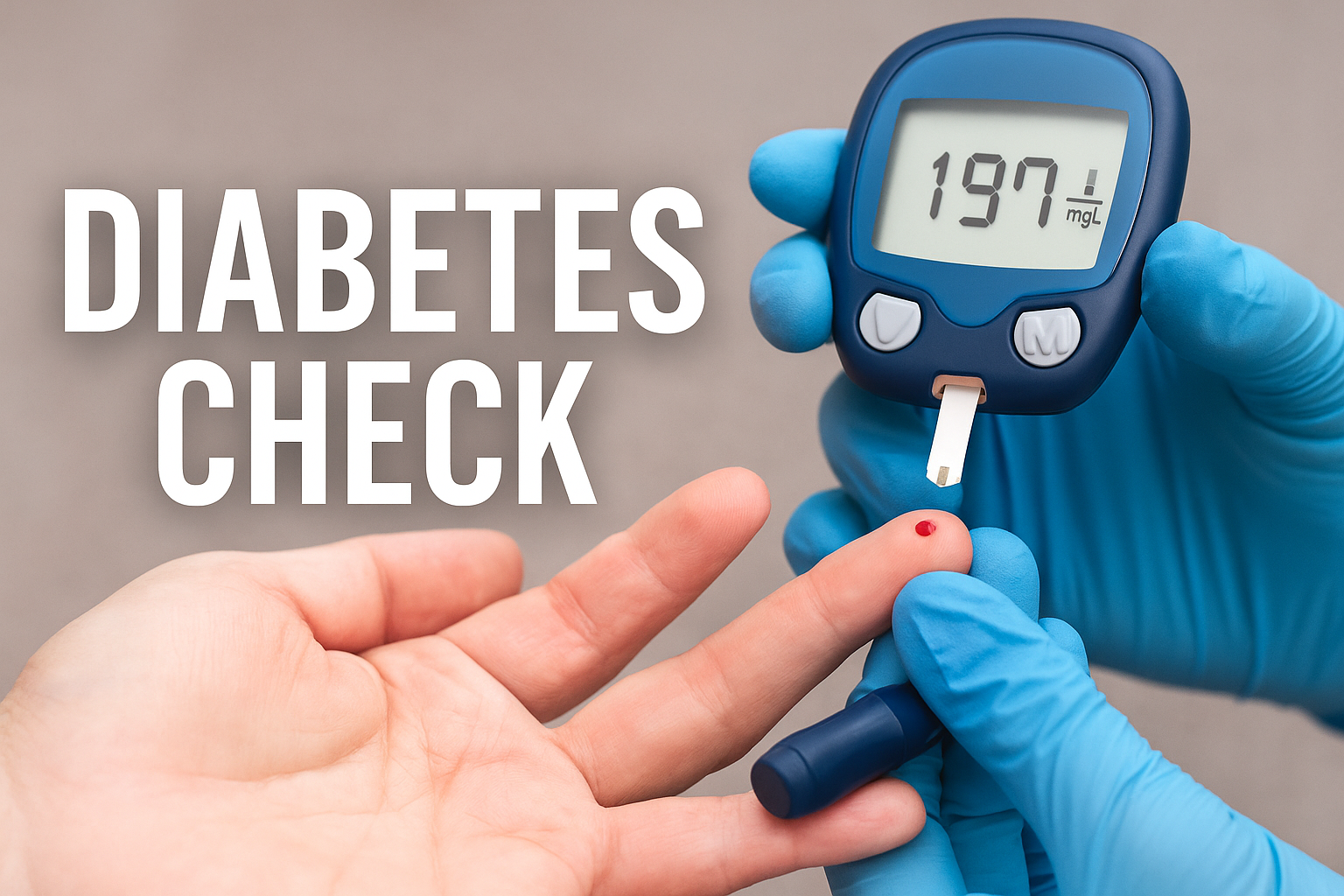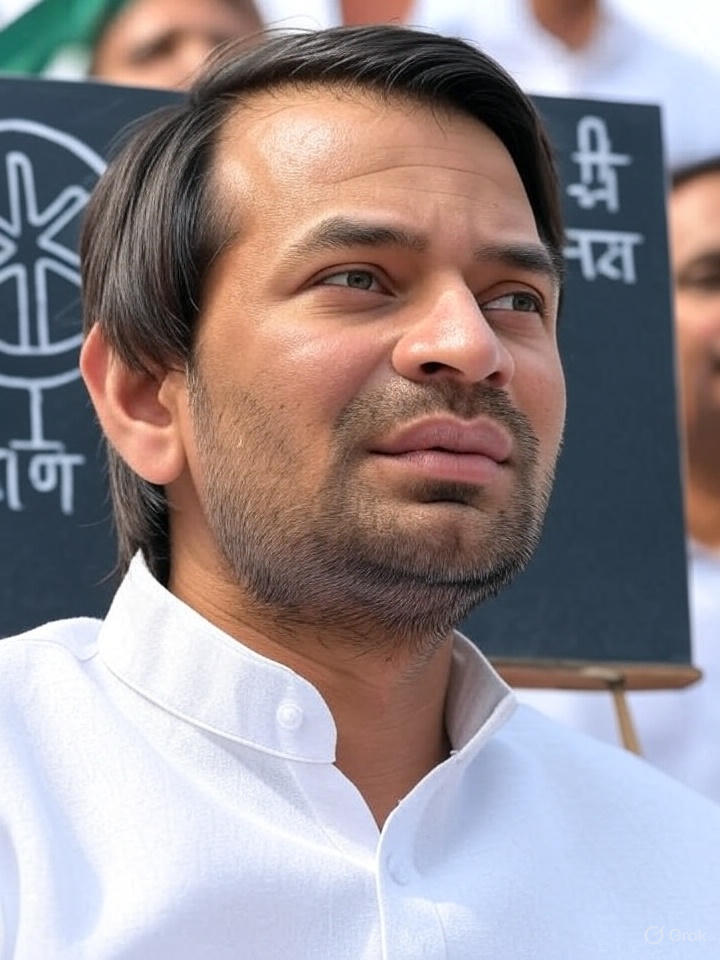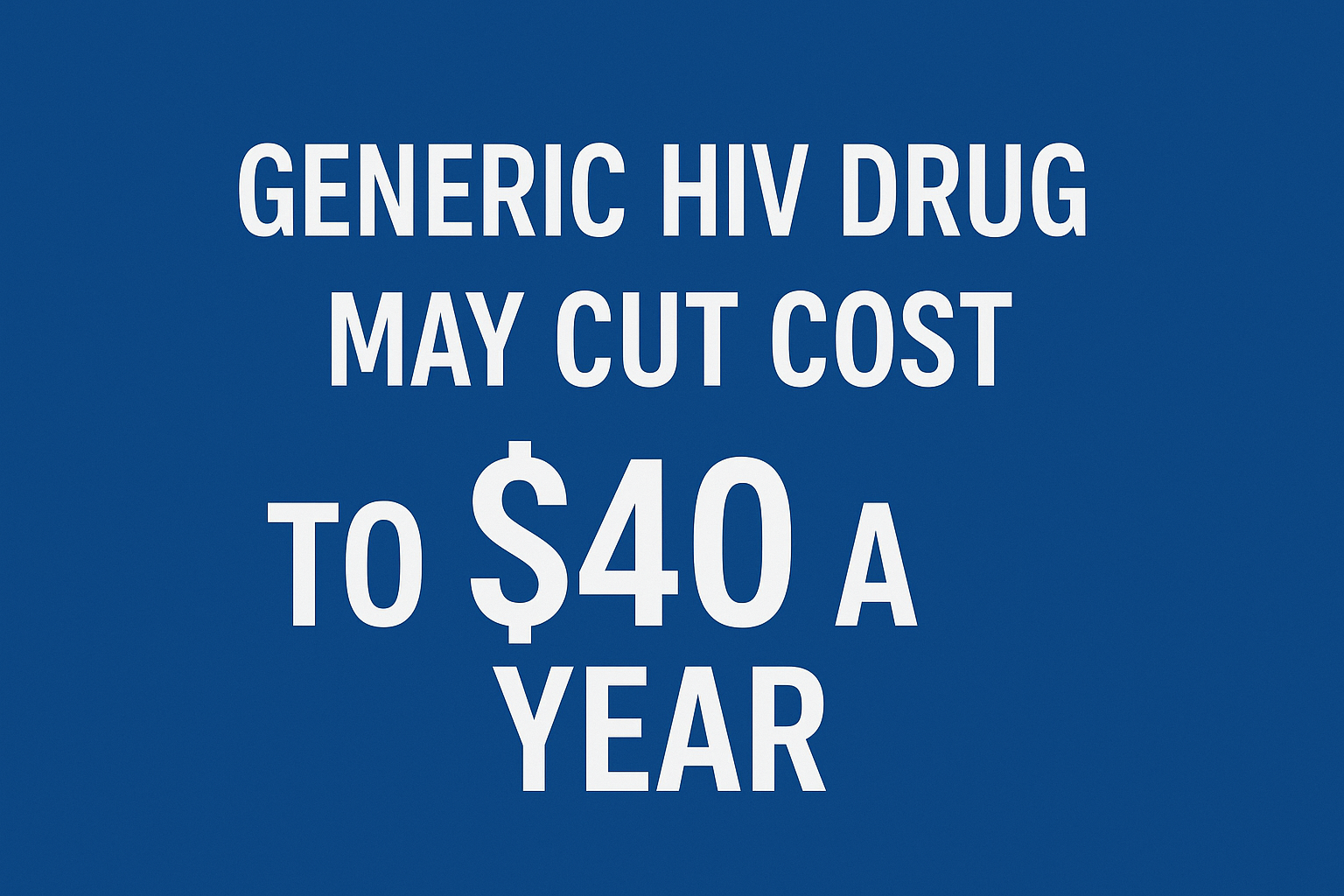
In 2019, diabetes was already a major public health concern in India. A study published in The Lancet Global Health journal found that one in every five people aged 45 years and older in the country had diabetes. This means nearly 20 percent of the middle-aged and elderly population was living with the condition. The study also pointed out a worrying fact — almost 40 percent of those with diabetes did not even know they had it.
The survey, titled Prevalence, awareness, treatment, and control of diabetes in India, was based on a nationally representative sample. It defined diabetes prevalence as individuals self-reporting a diagnosis or having an HbA1c level of 6.5 percent or higher. HbA1c is a blood test that shows the average blood sugar level over the past two to three months.
According to the findings, about 19.8 percent of people aged 45 years and above had diabetes in 2019. In actual numbers, this works out to 50.4 million individuals. Out of these, two in five were unaware of their condition. Among those who knew, only 46 percent had their blood sugar levels under control. About 59 percent managed to keep their blood pressure in check, and just 6 percent were on lipid-lowering medication to reduce the risk of heart disease.
One striking observation from the study was the gap between urban and rural prevalence. Diabetes in urban areas was nearly twice as common as in rural areas — 30 percent compared to 15 percent. People living in cities, especially those with higher economic status, were more likely to have the condition. This could be linked to lifestyle changes such as reduced physical activity, higher consumption of processed foods, and increased stress.
Globally, diabetes has been growing at an alarming rate. The number of adults with diabetes in 2014 was four times higher than in 1980. India alone is home to nearly one in every seven people with diabetes worldwide. With a population of over 1.4 billion, the country faces one of the most significant public health challenges of our time.
The data came from the Union government’s Longitudinal Aging Study in India (LASI). Conducted between 2017 and 2019, it surveyed nearly 60,000 adults aged 45 years and above along with their spouses. The sample included people from 36 states and union territories, ensuring representation from every part of the country. Of these, 57,810 individuals were part of the diabetes analysis.
Interestingly, the rates of diabetes were found to be quite similar among men and women — 19.6 percent in men and 20.1 percent in women. However, obesity showed a strong connection with diabetes. In people classified as overweight, diabetes prevalence was 24.7 percent, while among those with obesity, it rose sharply to 34.6 percent.
The study did not differentiate between type 1 and type 2 diabetes, but in India, type 2 is far more common among adults. It usually develops due to a combination of genetic and lifestyle factors. Unhealthy diets, lack of regular exercise, and being overweight increase the risk. Age is also a factor — the risk of diabetes rises significantly after the age of 45.
One of the most worrying aspects is the high number of undiagnosed cases. When people are unaware they have diabetes, they do not take steps to control it. Over time, uncontrolled blood sugar levels can damage blood vessels and nerves, leading to complications such as heart disease, stroke, kidney failure, vision loss, and nerve damage.
The study’s authors stressed that public health interventions are essential. Screening programs, especially in high-risk groups, can help detect diabetes early. Awareness campaigns can encourage healthier eating habits, regular physical activity, and weight management. Medical support is also crucial to help patients control blood sugar, blood pressure, and cholesterol levels.
India’s challenge is twofold — to prevent new cases through lifestyle changes and to improve the management of existing cases to reduce complications. Urban planning that encourages walking and cycling, workplace wellness programs, and healthier school meals can make a difference in the long run.
The rise in diabetes is not just a medical issue; it also has economic implications. The cost of treatment, loss of productivity, and long-term care for complications place a heavy burden on families and the healthcare system. In rural areas, where healthcare access is limited, the problem can be even more severe.
The message from the study is clear: diabetes is no longer a rare disease affecting only a small segment of the population. It is widespread, affects both men and women equally, and is strongly linked to lifestyle factors. As the population ages, the numbers are likely to grow unless steps are taken now to promote healthier living and early detection.
In simple terms, if you are over 45, it is important to know your blood sugar levels, stay active, eat a balanced diet, and maintain a healthy weight. Awareness, regular check-ups, and timely medical advice can help in keeping diabetes under control and avoiding its serious complications.



.jpeg)


.jpeg)




.jpeg)

.jpeg)


.jpeg)


.jpeg)

.jpeg)